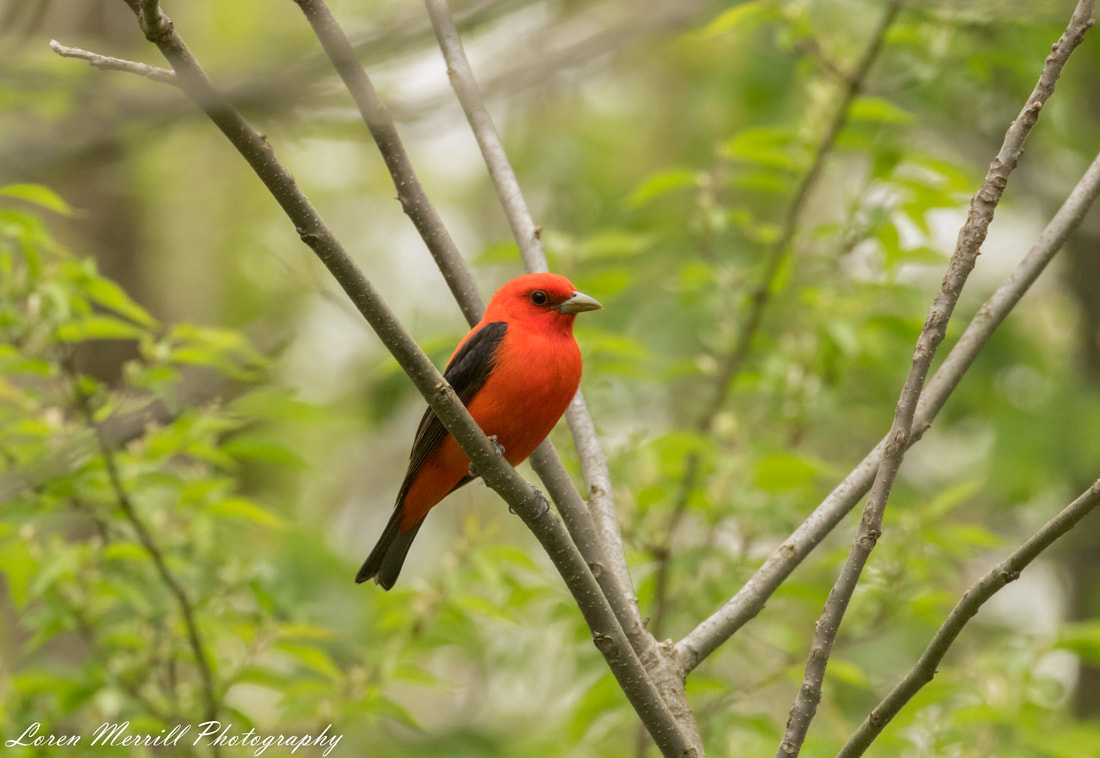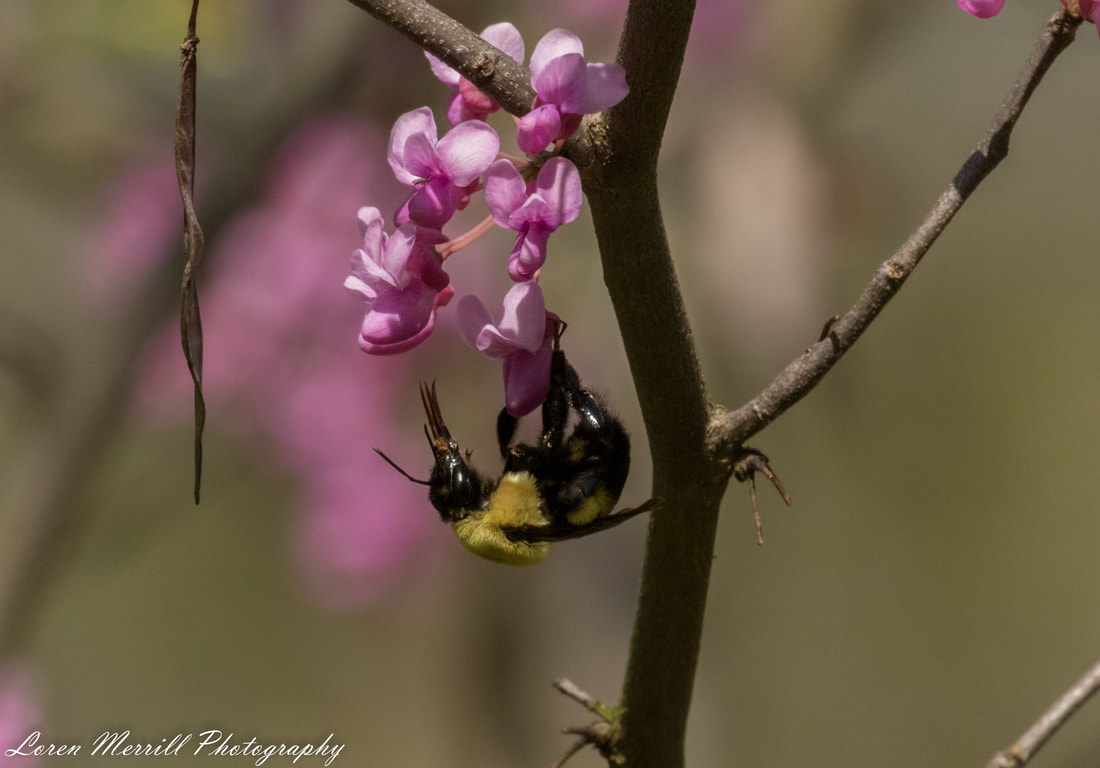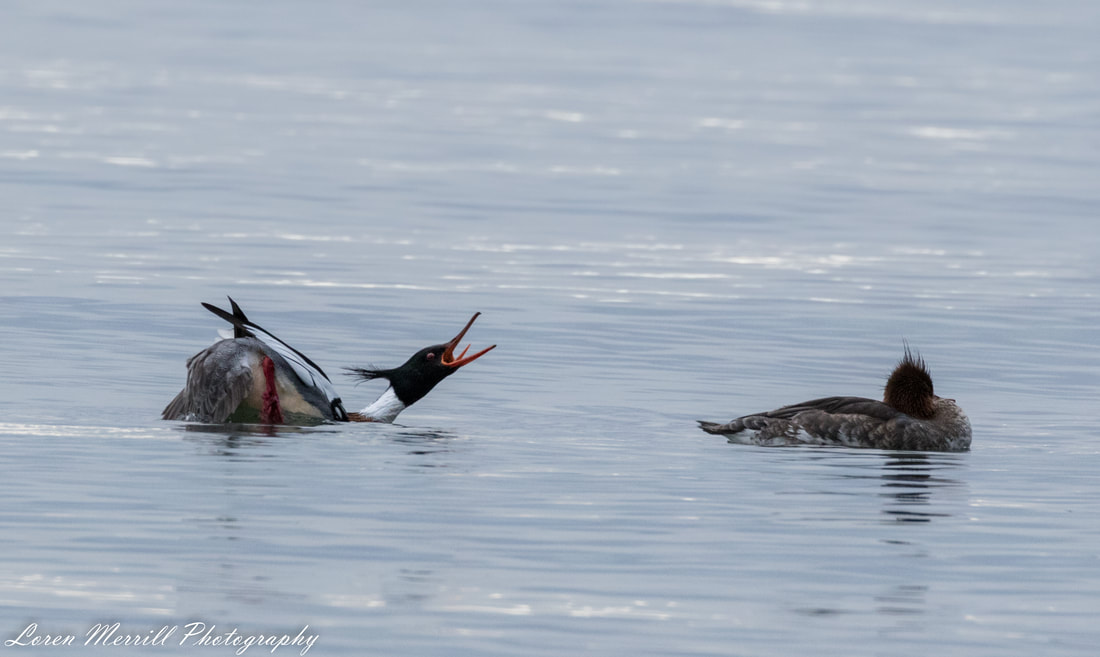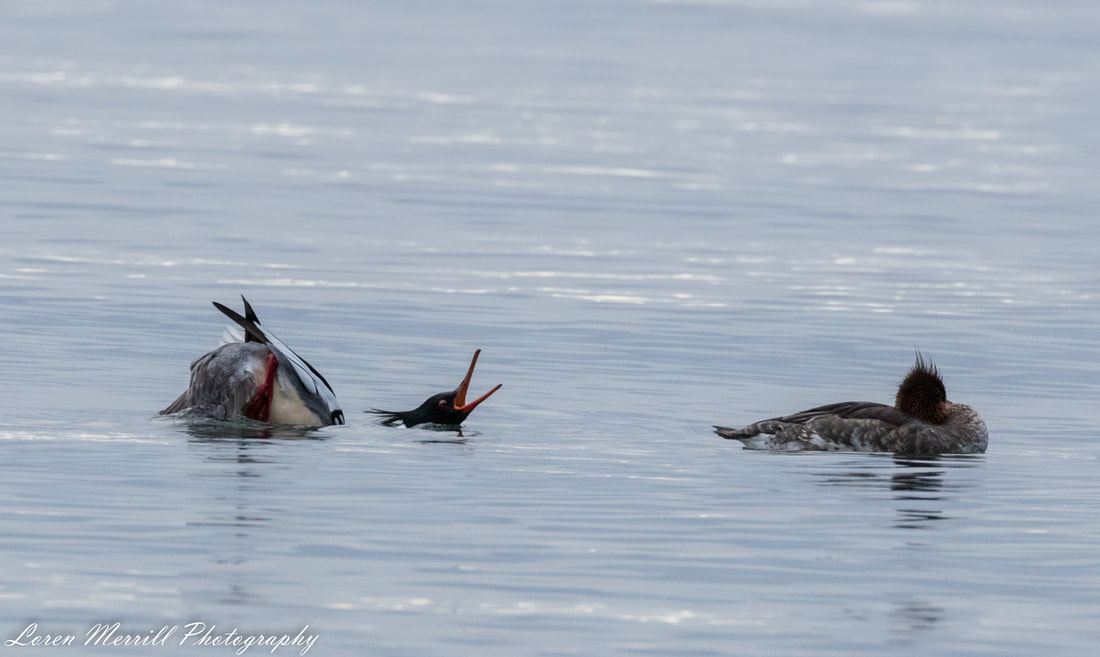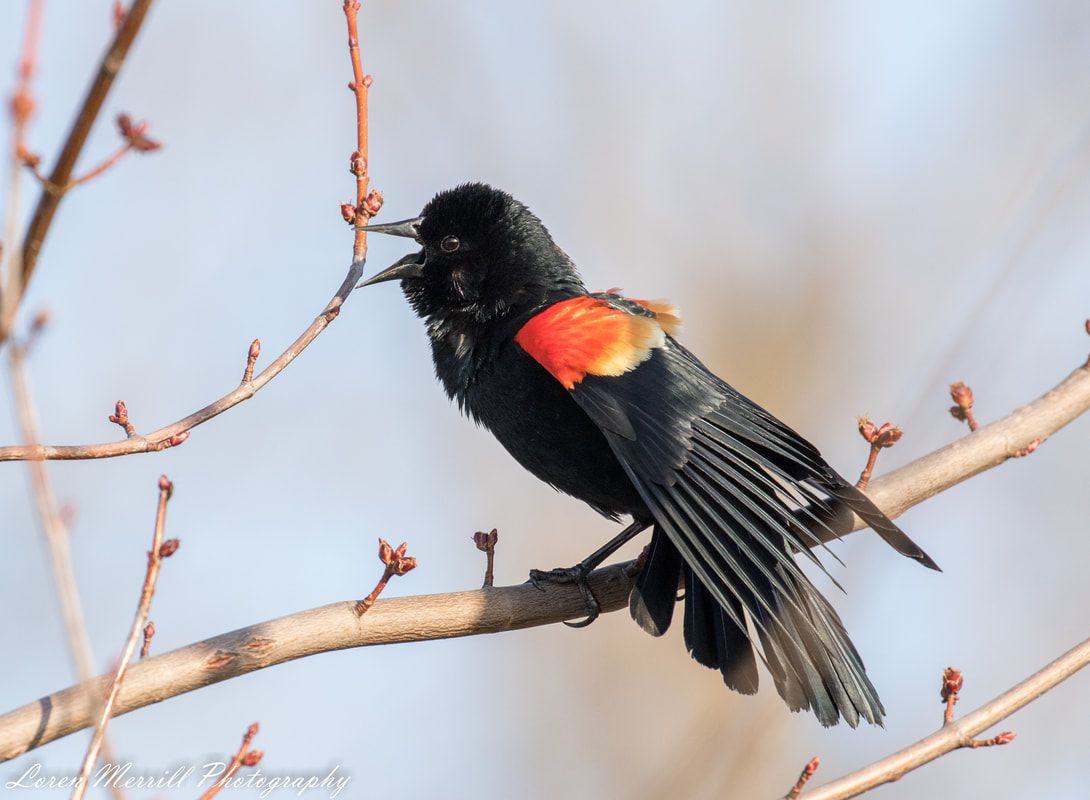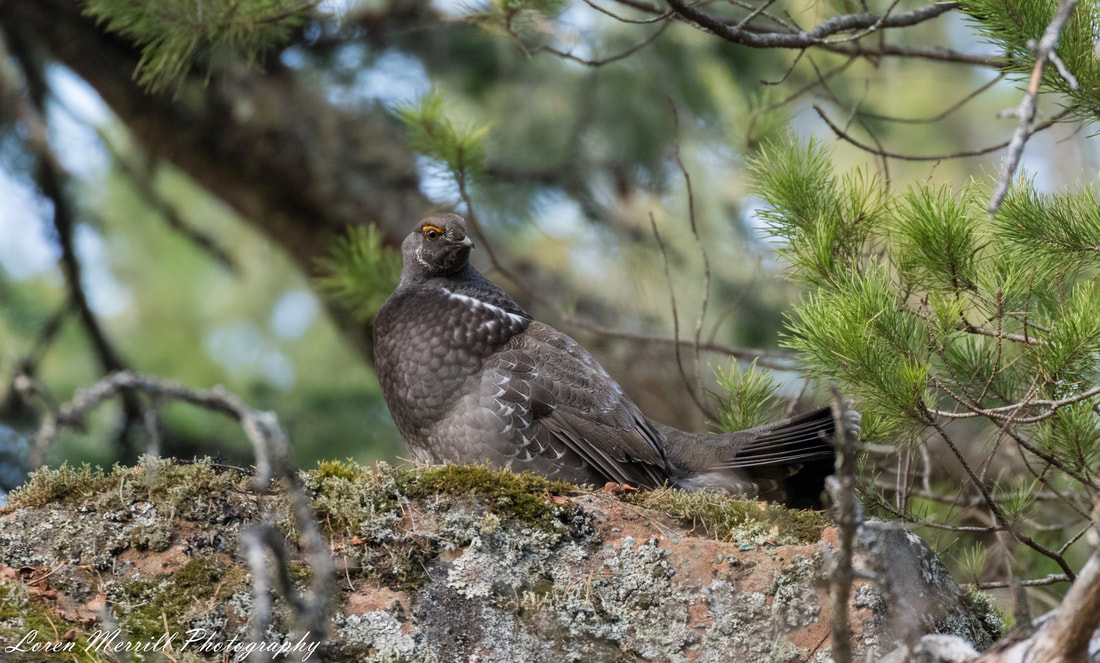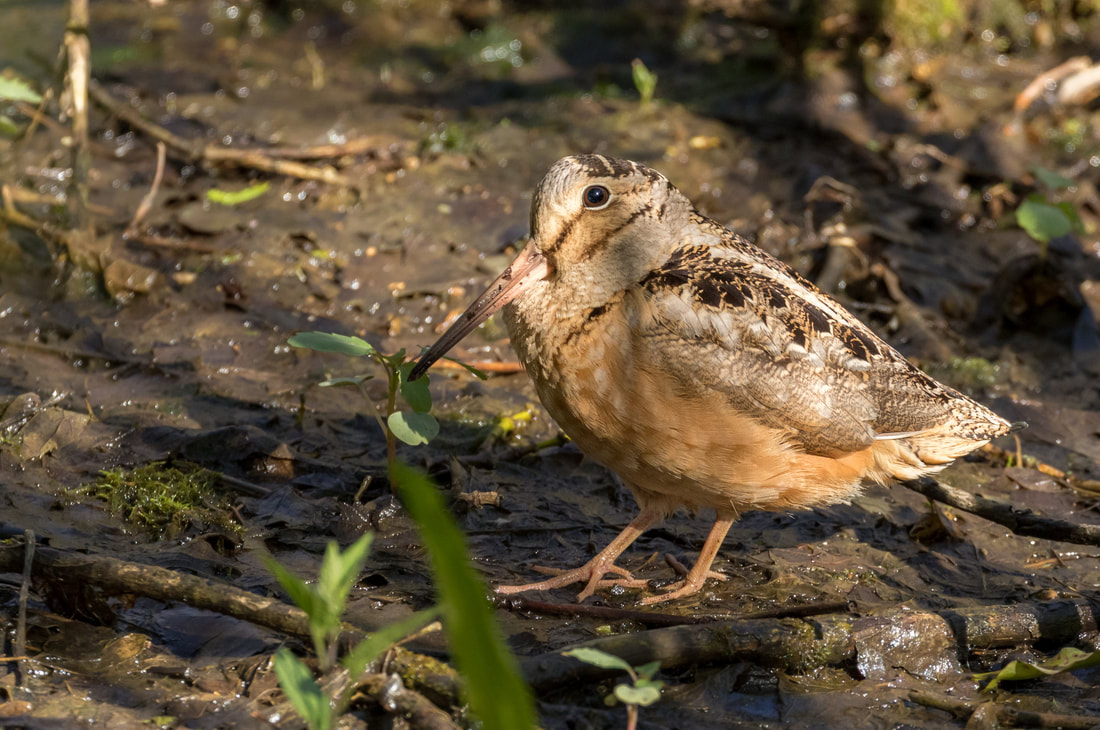|
The advent of spring brings a revival of the senses as the world around us rebounds from winter. Flowers burst forth like a slow-motion fireworks display. Bird songs and frog calls echo through the woods. And the American woodcock’s aerial dance paints figure-eights in the evening sky. All of these exhibitions-the visual, the acoustic, and the physical- have a common purpose: reproduction. Flowers are nature’s flashy neon billboards. Calling seductively to pollinators like bees, butterflies, beetles, and hummingbirds, flowers advertise that there’s sweet, sugary nectar to be had. And all a pollinator has to do in return is carry a little bit of pollen from one flower to another. This “sugar for services rendered” system of payment has spawned a wide array of relationships between plants and pollinators: there are generalist relationships, in which flowers are accessible to many types of pollinators, and there are extreme specialists, where a flower is uniquely shaped to allow access to only one species of pollinator. The coevolutionary relationships between plants and pollinators produce astonishing diversity, but with apologies to the botanists out there, I will leave the plants behind in the rest of this post and turn my attention to the displays of animals. That said, if you want to learn more about the breadth of plant-pollinator relationships, a good starting point is In Defense of Plants, which has over fifteen podcasts on the subject. As we turn our eyes and ears toward the exuberant displays of the animal world, we quickly find that nature has a ridiculous sense of humor. If you see an animal (or human) doing something absurd, it’s likely under the control of a mind-altering parasite (a real phenomenon I’ll cover in a later post), or under the control of mind-altering reproductive hormones. To highlight the latter, let’s begin with one of the ducks currently wintering in the waters off both coasts of North America: the red-breasted merganser. Mergansers have long, narrow bills equipped with tooth-like serrations that facilitate the capture and retention of slippery fish. They also sport wild, punk-style ‘dos which I recently learned can be converted into one giant spike on a displaying male’s head. This new insight occurred on an overcast morning a few days ago. I got up around sunrise and made my way down to the shoreline, equipped with my camera and travel mug full of coffee. I settled in among the wave-tossed logs on the beach and began watching the activity out in the water. The omnipresent harlequin ducks were engaging in their never-ending series of chases and reprisals, and a few common loons and horned grebes were foraging in the nearshore waters. There was also a pair of red-breasted mergansers close by, and as I watched, it became apparent that the male was keenly interested in getting the attention of the female. In his quest for love, the male merganser began exhibiting behavior I’ve never seen the likes of, and it consisted of more than just transforming the shape of the feathers on his head. He was engaging in something called a “multi-modal display,” which occurs when an animal uses multiple sensory modalities (like acoustic and visual cues) to impress a potential mate. And in the case of this merganser, his display incorporated three modalities: sound (if you listen carefully in the video you can hear him squeaking towards the end of the display), feather appearance (both the color and the composition of the feathers), and physical performance (watch the slowed down version to fully appreciate what he does with his body). This elaborate show is all supposed to convey information to the female about the male’s quality. There’s a huge body of research focused on mating displays, but the general idea is this: higher quality males have flashier displays, and females generally prefer the flashiest displays. Based off the level of interest (or rather, disinterest) the female merganser is showing here, I’m guessing this male may not have been the highest quality. Although to be fair, it’s also possible that the female was just not in the mood for love. Multi-modal displays are actually quite common. The red-winged blackbird, which is calling across much of North America right now, combines song with a visual display of his bright red and yellow shoulder patches, and will often add a fluttering flight component. A group of birds that lives in Australia and New Guinea called the bowerbirds, build structures (bowers) that they decorate with flowers, shells, and other colorful items they find or steal from other bowerbirds. If a female arrives to inspect the bower, the male will add on with an array of visual and acoustic displays: this video from David Attenborough shows one such astonishing display, but there are 20 species of bowerbird, and each has a different style bower and display. A multi-modal display my wife and I were fortunate to eavesdrop on this week was that of the sooty grouse. Sooty grouse are large chicken-like birds that inhabit mountainous conifer forests of the West. The males of this species produce a deep, bass-heavy booming call that can carry for over half a mile. Around Quadra Island, each mountain peak seems to come with a resident, vocalizing male sooty grouse. The booming call is paired with a visual display in which the male fans out his tail feathers and reveals bright yellow/orange bare patches of skin on the neck. These patches are composed of tubercles, and both they and the skin above the eyes (called “combs”) can rapidly change in color from yellow to orange and red during peak courtship. We had been hearing the calls of the sooty grouse on our hiking outings for the past few weeks. This past Tuesday, we decided to hike up to the top of South Chinese Mountain for sunset. As we neared the summit, we could hear a male booming from the top and decided to attempt a covert mission to see him. The grouse’s call travels far, but localizing the source is quite challenging; the call is almost felt more than it is heard due to its low frequency. But as we crept around a corner of exposed rock near the summit, I happened to catch site of our quarry about 20 meters away. For 15 minutes we watched him boom out his calls, while strutting around on a moss-covered rock stage, tail fanned and neck wattles flashing. He knew we were there, spying on him, but whether he enjoyed the attention, or just didn’t feel threatened by us I don’t know. We didn’t want to push him too far (rock stars—you know), so we left him alone and retreated down the mountain in the lengthening shadows. I want to close this week’s post with my all-time favorite bird: the American woodcock (aka the Timberdoodle). There are so many reasons this bird tops the list for me, but high on that list is the male woodcock’s multi-modal display. These birds are active and displaying throughout most of eastern North America right now, and I encourage everyone who lives east of the Rockies to get out one evening soon to experience the wonderful mating display of the noble Timberdoodle. Woodcock watching instructions: First, find a nice grassy, open area (preferably a little wet/marshy) with some woods or shrubby habitat nearby. Then, park yourself there as dusk settles. Be sure you’re in a safe area, take a flashlight, and bring some warm clothes for when the temperature drops after sunset. Once you’re settled in your spot, sit back and listen. You’re listening for this: the mellifluous “meep” (or “peent” as others describe it) of the male. If you hear the “meep”, you may soon capture the magic of his display. The woodcock’s display includes a terrestrial component (we’ll call that the “warm-up” part--as seen here) where he meeps while facing in different directions. Once he’s sufficiently warmed up, he takes off, shedding his earthly shackles and initiating the majestic aerial dance. The woodcock may look like a football with some googly eyes and a long bill plastered on, but they’ve got some moves. The male woodcock flies upwards in a spiral, and as he climbs his wings make a twittering sound as the air passes over the flight feathers (reminiscent of the Anna’s hummingbird display covered in the Farewell Ladysmith post). When the male gets to a height of a few hundred feet, he adds a chirping vocal to his display. The show reaches its crescendo as he zig-zags back down to earth, the air abuzz with the twittering of his wings. It will all go silent for a few moments, and then the male will begin anew, filling the air with the meeping sound of love.
Next week: The marine mammals of Quadra Island.
0 Comments
Leave a Reply. |
About the author:Loren grew up in the wilds of Boston, Massachusetts, and honed his natural history skills in the urban backyard. He attended Cornell University for his undergraduate degree in Natural Resources, and received his PhD in Ecology from the University of California, Santa Barbara. He has traveled extensively, and in the past few years has developed an affliction for wildlife photography. Archives:
|
